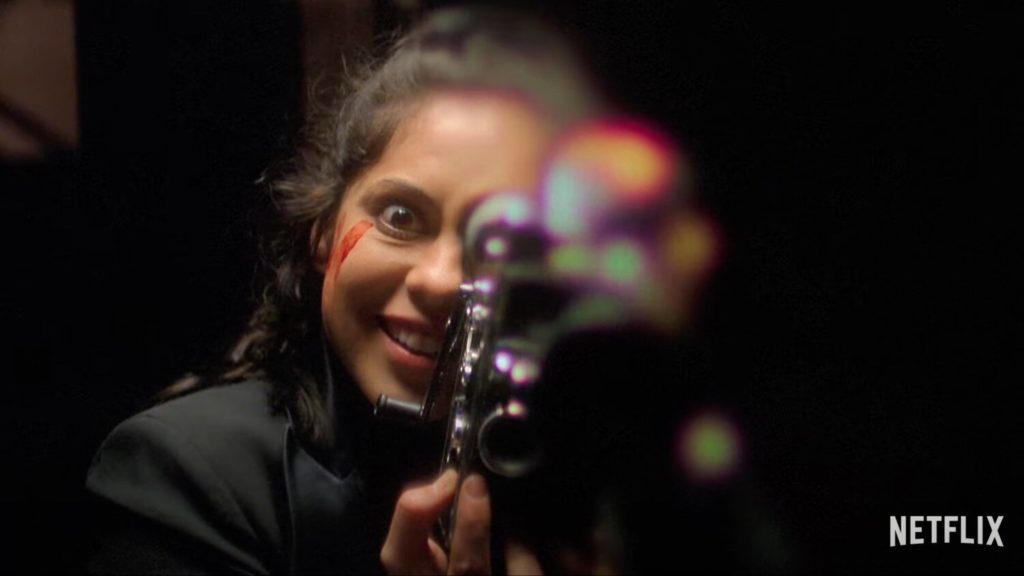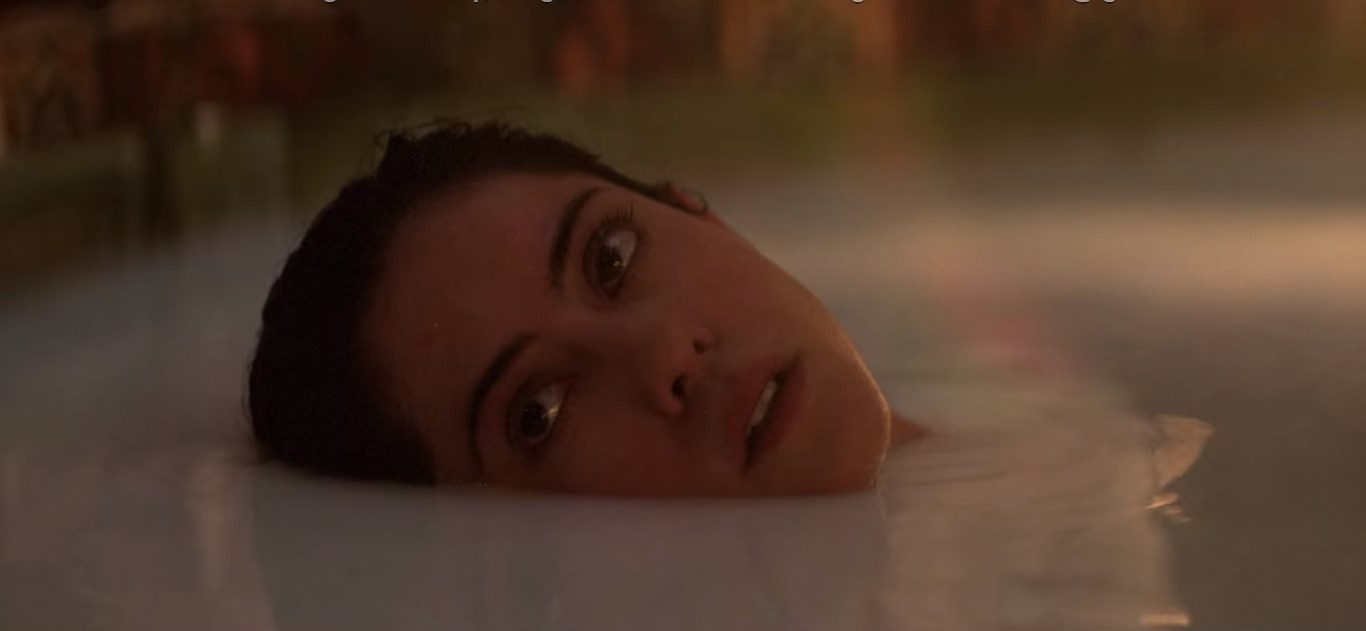Brand New Cherry Flavor
I was, to put it mildly, surprised to discover Netflix were making a TV series based on Todd Grimson’s book. I first heard about the adaptation, when I was putting TC 20/21 online, which included a letter Grimson – then a subscriber to my humble little ‘zine – wrote to me about his book. In it, the author described his work as “starring none other than NASTASSJA KINSKI, or as good as, or actually quite a bit better when you stop to consider would NK wear a thong-bikini or submit to the included tattoos, piercing, etc.” You will therefore understand I was (again, exercising literary restraint) “somewhat interested” in seeing the show.
Of course, I’m probably a little biased, since I was name-checked on the dedication page of the book (below). I think this makes it the only such example – certainly, it’s unique among books to have been adapted into series on the world’s largest streaming platform. I have yet to figure out how I can parlay this tangential notoriety into personal gain. Ostentatiously leaving the book folded open on the table at Denny’s just got me an odd look from the waitress. I must also admit to not having read the book in at least 20 years. But I did re-skim it, and that more or less confirmed what I felt. Which would be, that the series isn’t as good.
I think it’s a case of the show being over-stretched. It’s eight x 45-minute episodes, so you’re talking about six hours of material, and there isn’t enough in the source material. I suspect they may have been better off as a movie, or perhaps a four-episode limited series. The book (UK edition) does come in at almost 350 pages, but the adaptation concentrates almost entirely on the first hundred. And a lot of that is background detail, rather than plot, so does not convert into screen time. The very first paragraph should give you some idea:
So the whole thing started in a restaurant. Ferns, cut flowers, glass, and mirrors. Lisa had the white-bean rapini salad, olive bread, white wine, while the vice president in charge of development at a major studio, tall, fifty-three, tanned and aerobicized, known in select Hollywood circles for his net play and crosscourt backhand, had marinated lamb with vanilla-bean vinaigrette, Persian taftoon and lavash, halved figs, iced mint tea.

This fascination with minutiae, feeling a bit like Brett Easton Ellis, is fine on the printed page, but doesn’t occupy screen time. As a result, there were a couple of episodes here where it felt like nothing new and of significance happened. I mean, after you’ve seen the lead actress barfing up a newborn kitten once… I mean, it’s cool ‘n’ all, but do we really need to see it happen multiple times? If you haven’t seen the show, I should probably explain. Wannabe film-maker Lisa Nova arrives in Hollywood, gets screwed out of her dream project by producer Lou Burke, and gets occult practitioner Boro to layeth the smackdown on him in the form of a curse. The price Lisa pays for her Faustian pact with Boro, starts with feline bulimia and only escalates.
Those were not in the novel, as far as I can remember, but perhaps the most notable change is the gender-swap of Boro. In the book, he’s “so ugly he was distinctive.” Here, she’s played by Catherine Keener, twice nominated for a Best Supporting Actress Oscar, and brings a captivating intensity to the role. Her Boro is initially sympathetic – something that doesn’t really come over in the novel – yet the more is revealed, the more problematic and threatening the character becomes. The same, to a lesser degree is true of Lisa; we find out she is not quite the innocent abroad she initially seems.
The choice of Rosa (Battle Angel) Salazar as the heroine was an interesting one. As Todd mentions, the look of the character was inspired by Nastassja Kinski, and she is explicitly invoked: “Two guys who looked like Hong Kong action-movie gangsters, very cool, gazing at Lisa, one saying to the other something hidden by the language difference—out of it emerged “Nastassja Kinski.” Lisa heard it clearly, it wasn’t exactly the first time since she’d been in L.A. that she’d been compared to the actress. The resemblance was noticed, or hyperbolized, as it never had been in New York.” While Salazar is in the right ballpark, she isn’t Kinski. Then again, who is?
However, Salazar does come with baggage, in the shape of previous exposure, making some of the more salacious scenes feel like Battle Angel slash fiction. On the other hand, when the adaptation works…. It works. According to showrunner Lenore Zion, “The aspect of the book we wanted to hold on to most was just the spirit of it.” At its best, the results do indeed capture how the author described the novel in his letter to me: “An incredibly sexy sleazy teasy Alice in BloodyFuckingWonderland trip”. Even if the whole package of the series was stretched too thin, those moments of WTF-ness still made the experience adequately worthwhile.

